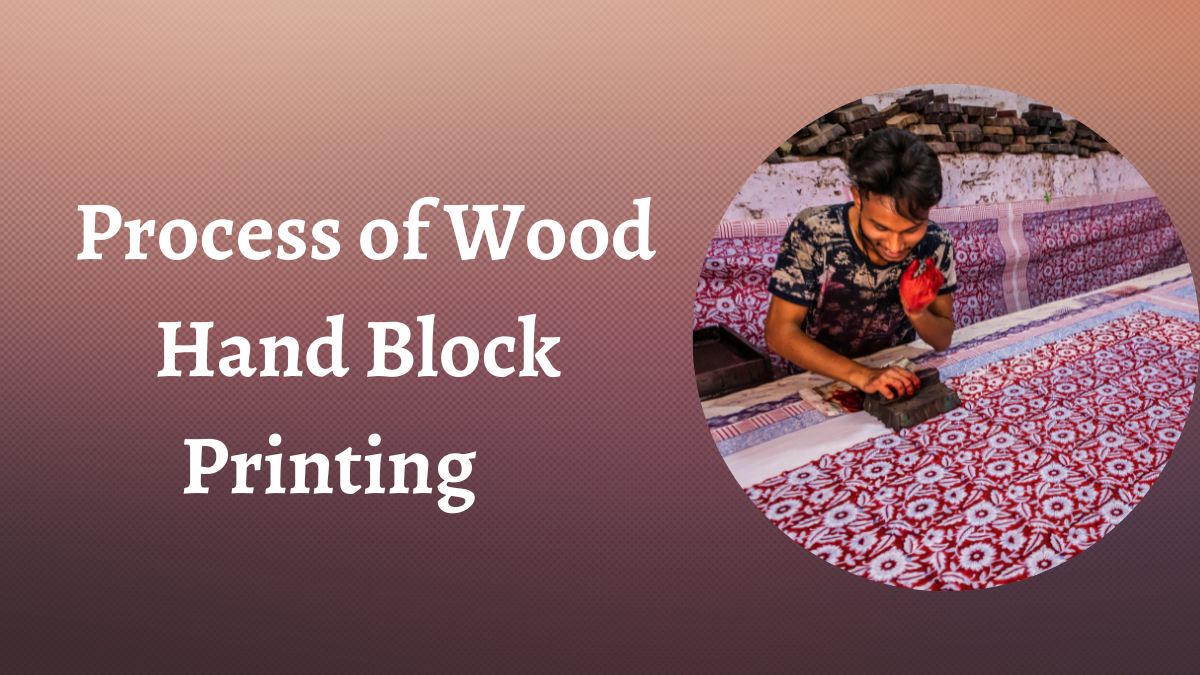Wood Hand Block Printing, often referred to simply as Block Printing, is a centuries-old textile printing technique that has stood the test of time. This traditional craft, originating in India, has a rich history and continues to captivate with its intricate designs and eco-friendly approach. In this blog post, we will delve into the fascinating process of Wood Printing in Hand block printing workshop, exploring its steps, tools, and the enduring appeal that makes it a cherished art form even in the digital age.
- Wood Block Preparation:
The heart of Wood Hand Block Printing lies in the meticulously carved wooden blocks. Skilled artisans, often passed down through generations, create these blocks by hand. They select high-quality wood, typically teak or rosewood, and carve intricate designs onto the surface. The depth and precision of the carving determine the final print's quality and detail. Once the blocks are carved, they are soaked in oil for days to enhance durability.
- Design Creation:
The next step is the design creation, which involves intricate pattern development. Block printers draw inspiration from nature, mythology, and geometric shapes to design unique patterns. These designs are then transferred onto tracing paper using charcoal or ink. Precision is crucial in this stage to ensure that the final prints align perfectly.
- Block Printing:
The fabric to be printed is washed and soaked to ensure it readily absorbs the dye. Then, the artisans load the wooden block with the desired color pigment and carefully position it on the fabric. A gentle but firm press transfers the design onto the fabric's surface. This process is repeated meticulously to create the pattern across the entire fabric. It's a labor-intensive process that requires a skilled hand to ensure consistency and precision.
- Dyeing:
After Hand Block Printed Fabric is left to dry, allowing the dye to set. The choice of natural or synthetic dyes impacts the final color and its longevity. Natural dyes like indigo, turmeric, and madder root are favored for their eco-friendliness and vibrant hues. The fabric may undergo multiple rounds of dyeing to achieve the desired shade, with each layer enhancing the depth of color.
- Washing and Finishing:
Once the fabric has dried and the colors have set, it undergoes a thorough washing to remove excess dye and fix the colors. Depending on the design and intended use, additional processes like boiling, steaming, or sun-drying may be applied to ensure the longevity of the prints. Finally, the fabric is ironed, folded, and prepared for distribution.
- Sustainable and Timeless Appeal:
Wood Hand Block Printing is not only a remarkable art form but also an eco-friendly and sustainable method of textile printing. The use of natural dyes and traditional techniques minimizes environmental impact. Furthermore, the enduring appeal of Jaipur block printing textiles lies in their timeless beauty and cultural significance. They are versatile, used in clothing, home furnishings, and more, showcasing the artistry and craftsmanship of the artisans behind each piece.
Conclusion:
In a world where technology constantly evolves, the art of Block Printing India reminds us of the enduring value of traditional crafts. This meticulous process, from block carving to finished product, results in textiles that are not only visually stunning but also environmentally conscious. Embracing this ancient technique is a celebration of art, culture, and sustainability.


No comments yet